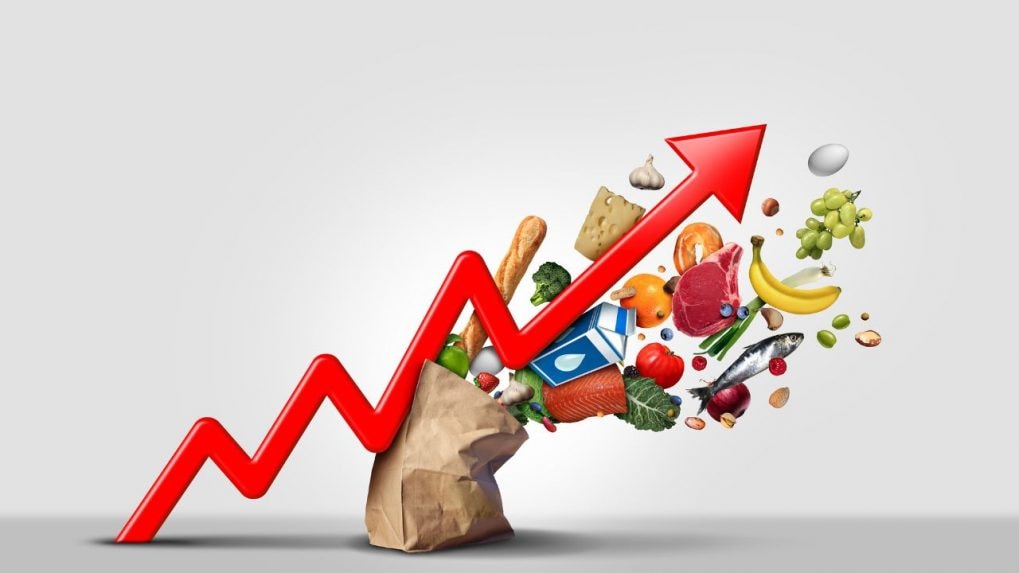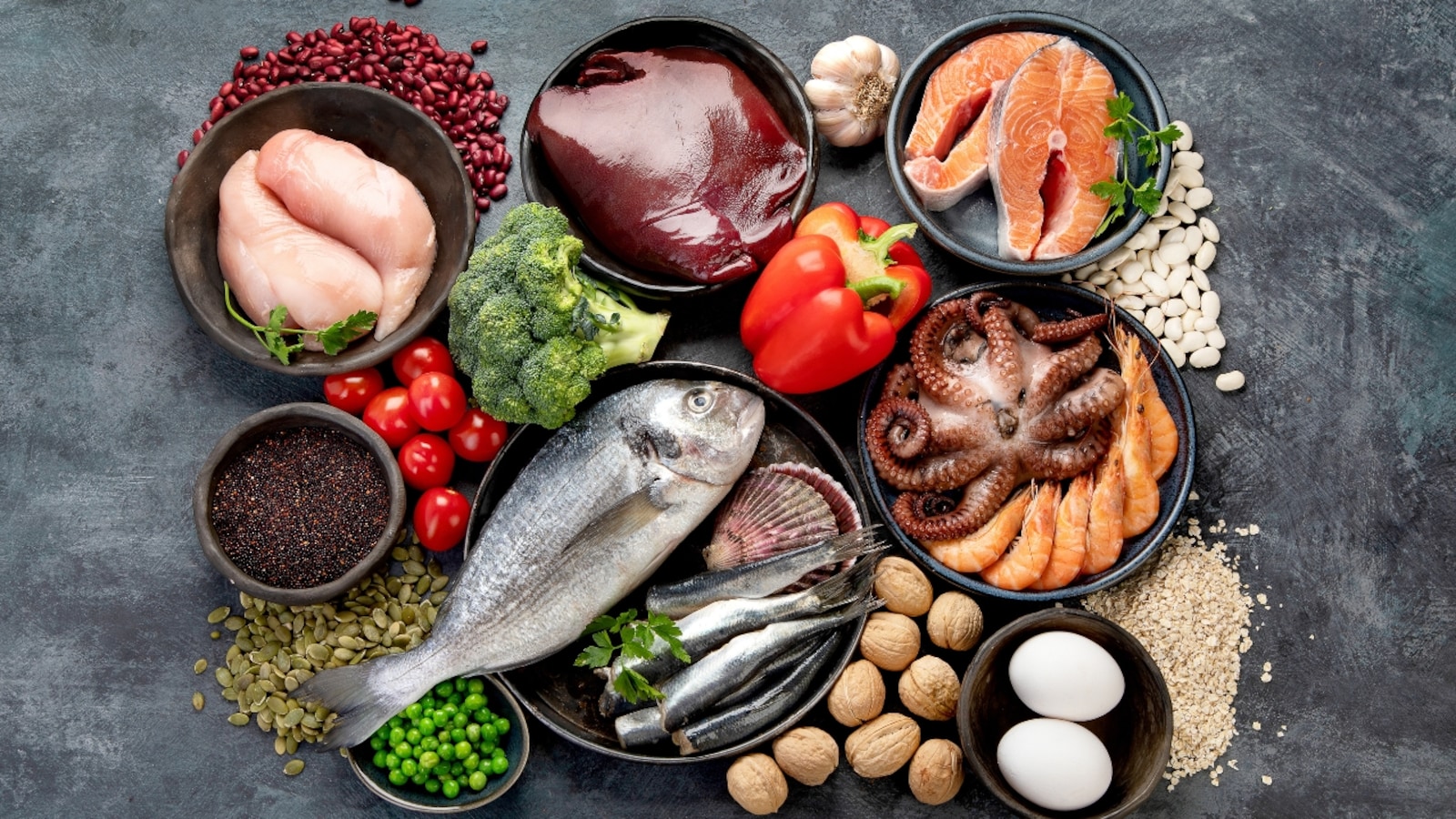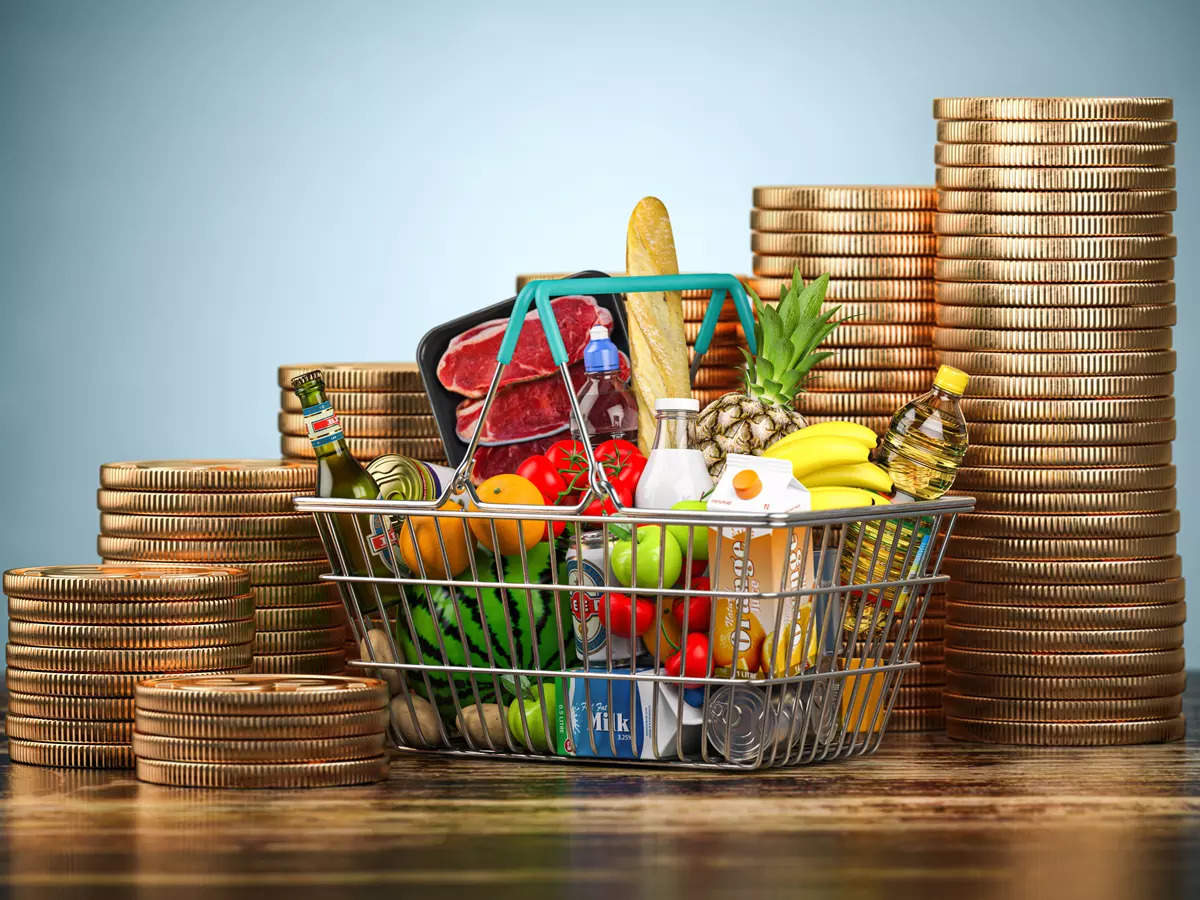Decline in Food Inflation: September Sees 6.56% Drop from August’s 9.94%

Decline in Food Inflation: September Sees 6.56% Drop from August’s 9.94%
Inflation, the persistent rise in the prices of goods and services over time, is a critical economic indicator that affects individuals, businesses, and governments alike.
Among the various components of inflation, food inflation is of particular importance as it directly impacts the daily lives and well-being of citizens.

In September, the world witnessed a significant reduction in food inflation, with the rate falling to 6.56% from 9.94% in August.
Retail food inflation decreased to 6.56% in September from 9.94% in August as a result of strong drops in the cost of meat products, edible oils, and vegetables, particularly tomatoes and potatoes.
The consumer food price index increased by 11.5% year over year in July 2023 as a result of rising tomato and cereal prices. Inflation in the major vegetable was high at 179% (August) and 202% (July), as supplies were interrupted by floods in Himachal Pradesh and Uttarakhand, while inflation in tomatoes decreased by 21.48% last month over the previous year due to improvements in supplies from the important producing states of Maharashtra and Karnataka.
The Department of Consumer Affairs reports that tomato retail prices, which in July and August had exceeded Rs 150/kg, are now prevailing at Rs 20/kg. Potato inflation was negative last month by 15.75%, which also helped the vegetable basket inflation rate drop from 26.14% in August to 3.39%.
However, due to supply issues brought on by early-year production losses in Maharashtra and Karnataka from unseasonal rains and the government’s imposition of a 40% export levy on kitchen bulb exports to boost local supplies, onion retail inflation increased by 35.82% last month.
Due to a little drop in wheat prices, overall cereal inflation this month was still double digits (10.95%), down from 11.85% in August.
Because of better supply as a result of open market sales conducted by the Food Corporation of India (FCI), the rate of growth in wheat prices dropped further to 7.93% last month from 9.3% in August on an annual basis. By the end of the year, the firm hopes to sell 5 MT of wheat on the open market.

Food inflation refers to the increase in the prices of food items over time. It is a crucial component of overall inflation and is influenced by a variety of factors, including supply and demand dynamics, weather conditions, government policies, and international trade.
Food inflation affects consumers by eroding their purchasing power, making it more challenging for them to afford essential food items. For this reason, it is closely monitored by policymakers, economists, and households.
Several factors have contributed to the substantial decline in food inflation from 9.94% in August to 6.56% in September:
- Seasonal Factors: Food prices are often influenced by seasonal variations in the availability of agricultural products. September typically sees an increase in the supply of certain crops, leading to lower prices. This seasonal factor can help reduce food inflation.
- Improved Weather Conditions: Favorable weather conditions, including adequate rainfall and moderate temperatures, can boost agricultural productivity and crop yields. Improved weather conditions in key food-producing regions can lead to higher supply and lower food prices.
- Government Policies: Governments can play a significant role in controlling food inflation through policies such as price controls, subsidies, and trade restrictions. In some cases, targeted interventions by governments can help stabilize food prices and reduce inflationary pressures.
- International Trade: Global food markets are interconnected, and international trade can influence food prices. Changes in global supply and demand, as well as exchange rates, can impact the cost of imported and exported food items, ultimately affecting domestic food inflation rates.
- Supply Chain Disruptions: Disruptions in the supply chain, such as transportation bottlenecks or labor shortages, can lead to temporary spikes in food prices. As supply chain issues are resolved, food inflation may decline.
)
The decline in food inflation has several implications:
- Improved Household Budgets: Lower food inflation is a relief for households as it eases the burden on their budgets. It means that people can purchase the same amount of food for a lower cost, increasing their purchasing power for other goods and services.
- Reduced Poverty and Hunger: Lower food prices can have a positive impact on poverty and food security, especially in lower-income countries. When food is more affordable, vulnerable populations are less likely to go hungry.
- Economic Stability: Lower food inflation can contribute to overall economic stability. When food prices are more predictable and less volatile, it becomes easier for businesses to plan and invest, fostering economic growth.
- Central Bank Policy: Central banks often use inflation targeting as a key monetary policy tool. The reduction in food inflation may influence central banks’ decisions on interest rates and monetary policy.
The decline in food inflation from 9.94% in August to 6.56% in September is a positive development with far-reaching implications.
It reflects a combination of factors, including seasonal trends, weather conditions, government policies, international trade dynamics, and supply chain factors.
While lower food inflation benefits consumers and contributes to economic stability,
it is essential to monitor future trends in food prices and their potential impact on overall inflation and the global economy.
Policymakers and economists will continue to assess these developments to ensure that food remains affordable and accessible to all.






